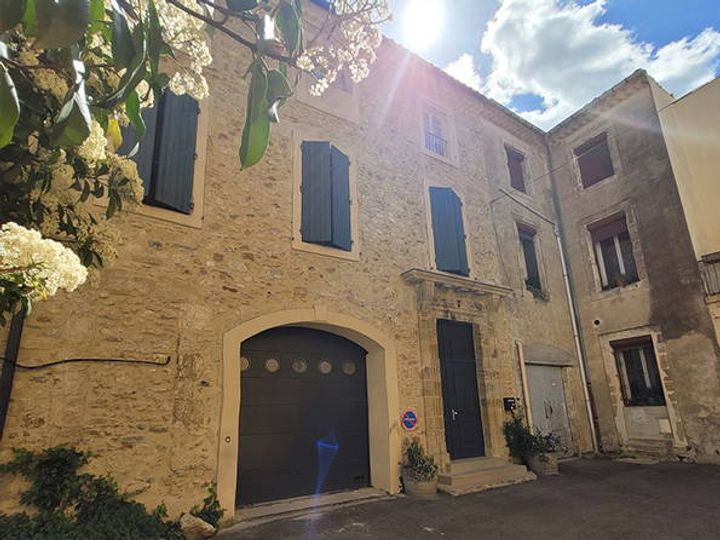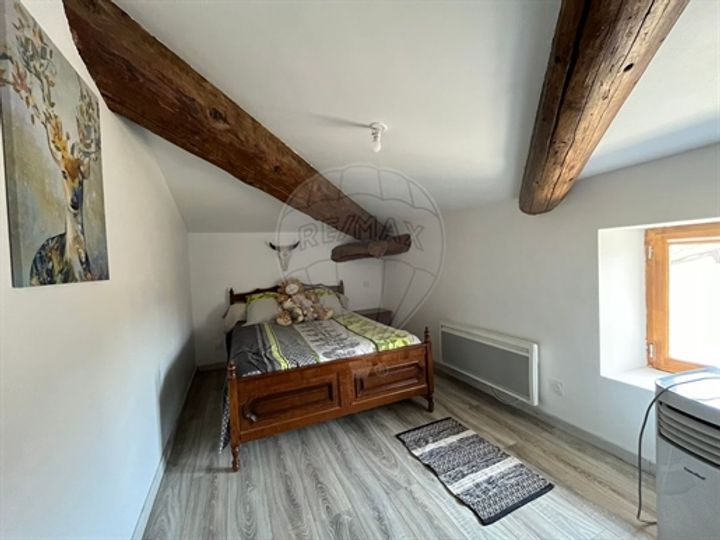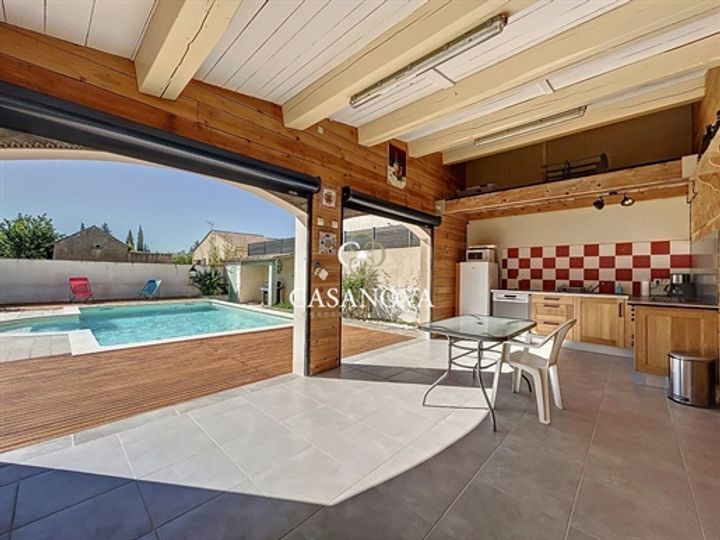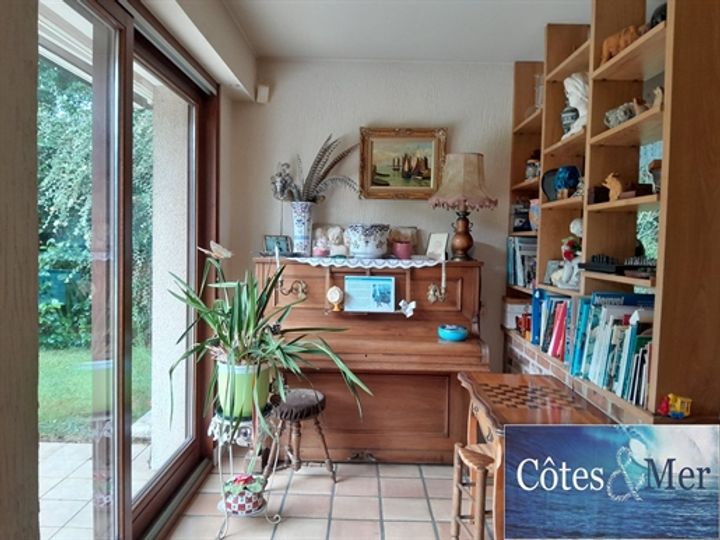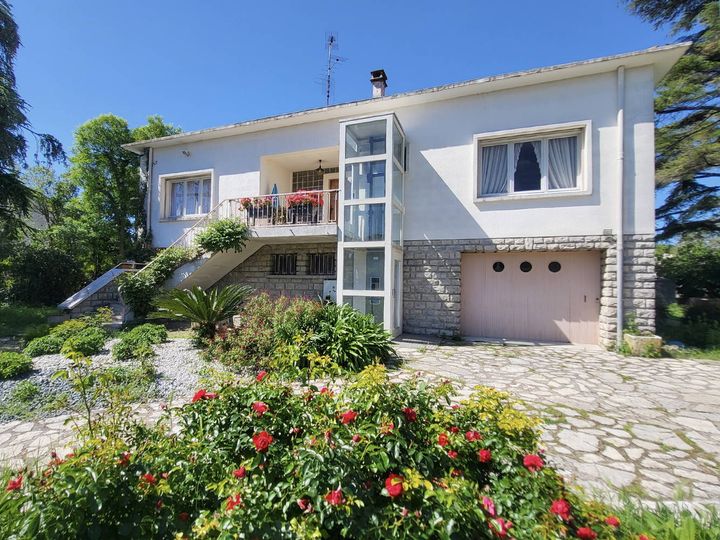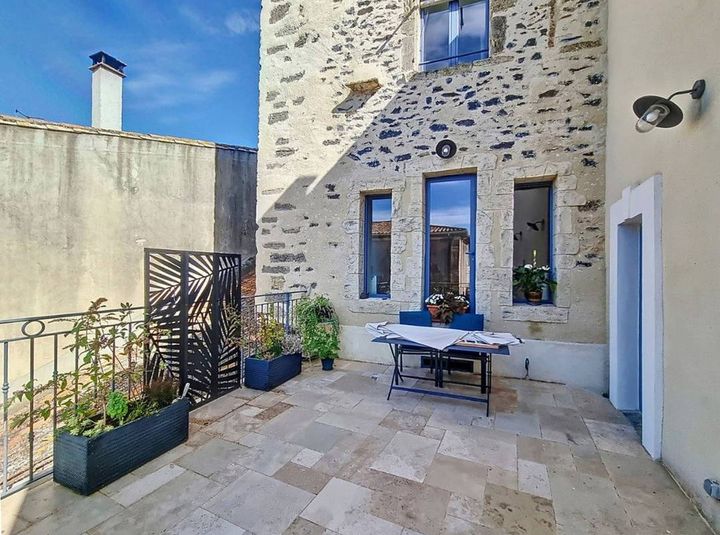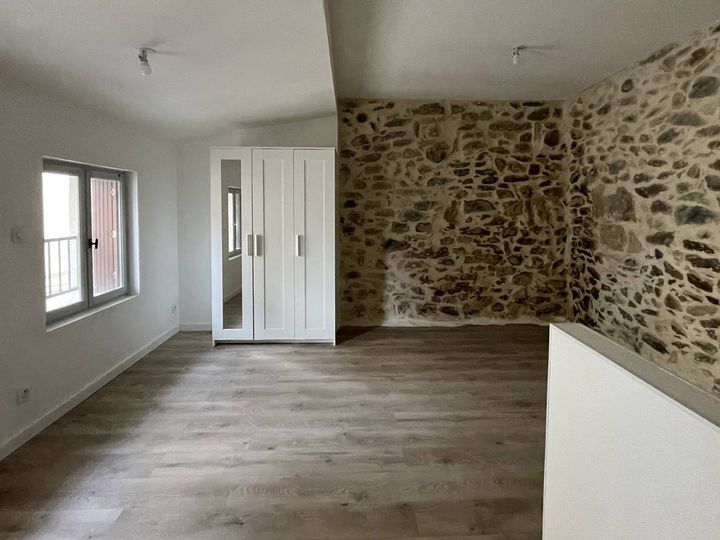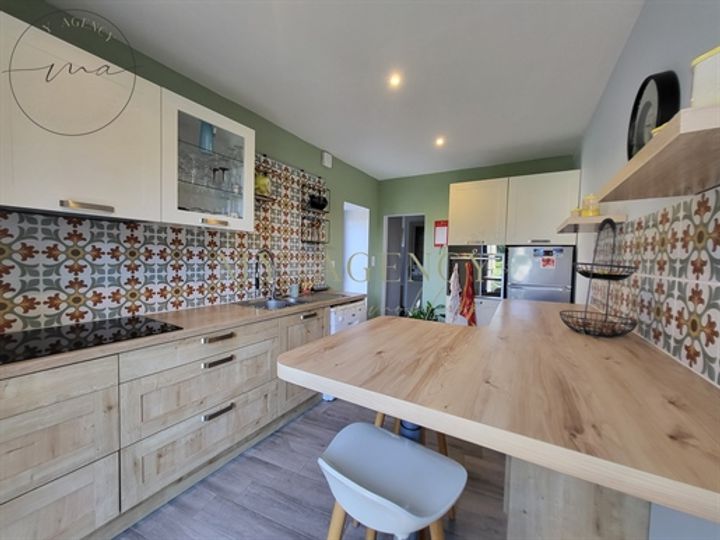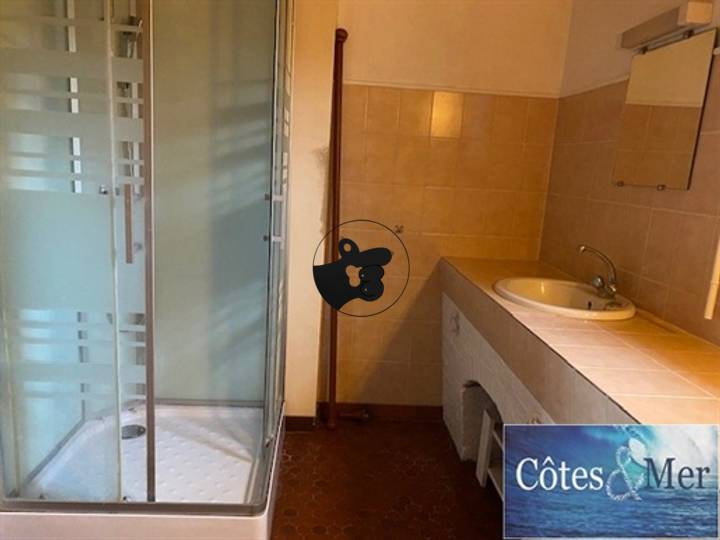Several factors influence real estate prices in Caux, France, starting with its geographical location. Nestled in the picturesque Normandy region, Caux benefits from proximity to the Seine River and the stunning countryside, appealing to buyers seeking tranquility and natural beauty. Additionally, the local economy plays a significant role; if Caux experiences steady employment opportunities or tourism influx, demand for housing can rise, driving prices up. Furthermore, the condition and age of properties directly impact values—historic homes or well-maintained properties may command higher prices compared to those needing significant repairs. Local amenities, such as schools, shops, and healthcare services, also contribute to desirability; homes near quality schools often see increased demand from families. Lastly, regional trends in the broader French real estate market can affect Caux as well, with fluctuating interest rates and economic conditions leading to shifts in buyer behaviors.
Caux
Location
Price Range
Any price
Price Range
Minimum
No min
Maximum
No max
Property type
Show all
Property type
Show all
House
Apartment
Building
Other
Bedrooms
Any beds
Bedrooms
Minimum
No min
Maximum
No max
Surface Range
Any surface
Surface Range
Minimum
No min
Maximum
No max
Sale type
For sale
Sale type
Show all
To rent
For sale
Location
Apartments and houses for sale in Caux
11 results
Recent
Caux insights
| Aspect | Summary |
|---|---|
| Population | 1,200 |
| Average Property Price | €300,000 |
| Rental Yield | 4.5% |
| Average Rent | €1,200 |
| Occupancy Rate | 85% |
| Capital Growth Rate | 2% |
| Property Tax | €1,500 per year |
| Transaction Costs | 7% of property price |
| Expected ROI | 6.5% |
| Economic Growth Impact | Stable, with potential for growth due to tourism |
Caux FAQ
What factors influence real estate prices in Caux?
How have real estate prices in Caux changed over the past few years?
Real estate prices in Caux, France, have seen a notable increase over the past few years, reflecting a broader trend within the region. As of late 2023, property values in the village have risen by around 15-20% since 2020, driven by heightened demand from both local buyers and expatriates seeking vacation homes or retirement options in the scenic countryside. For instance, a two-bedroom house that was priced at approximately €150,000 in 2020 now commands around €180,000 to €200,000. Moreover, historical properties, such as old stone farmhouses, have become particularly sought after, with prices for these unique listings climbing significantly, often exceeding €300,000. The popularity of remote work has further fueled interest in rural settings like Caux, as people look to escape urban centers while still enjoying modern amenities.
What is the average price of homes in Caux?
The average price of homes in Caux, a charming village in the Hérault department of France, tends to vary depending on the type and condition of the property. As of recent data, the average price for a house in Caux is around €200,000, with smaller homes or apartments potentially starting from €150,000. Larger, more traditional stone houses can fetch prices upwards of €300,000, particularly if they feature additional land or unique architectural details. For example, a renovated two-bedroom village home might be listed for approximately €180,000, while a more spacious three-bedroom property with a garden could see prices closer to €250,000. The real estate market reflects the village’s appeal, including its proximity to Béziers and the stunning landscapes of the Languedoc region.
Are real estate prices in Caux higher than in neighboring areas?
Real estate prices in Caux tend to be higher than in some neighboring areas, reflecting its appeal and amenities. Specifically, properties in Caux often benefit from proximity to picturesque landscapes and a charming village atmosphere. For example, the average price per square meter in Caux can reach around €2,500, compared to nearby communes like Saint-Saëns or Forges-les-Eaux, where prices may hover around €1,800 to €2,200 per square meter. The difference is particularly pronounced in the market for historic homes and renovated cottages, where Caux’s desirable location and community feel can drive prices up further. Another factor contributing to Caux's higher real estate prices is the accessibility to regional transport links, making it attractive for those commuting to larger urban centers. Meanwhile, areas slightly farther from these conveniences, like Hautot-sur-Mer, often have lower property values, drawing a contrast in real estate trends between these towns.
How do seasonal trends affect real estate prices in Caux?
Seasonal trends play a significant role in determining real estate prices in Caux, a picturesque village in the Normandy region of France. The summer months typically see a surge in demand as both tourists and potential buyers flock to the area to enjoy its natural beauty and cultural offerings. Properties with views of the Seine or near local attractions tend to increase in value during this period, as families and vacationers seek seasonal rentals or second homes. Conversely, during the winter months, there is often a slowdown in real estate activity, leading to a dip in prices. This seasonal fluctuation is particularly evident in properties that cater to holiday visitors, such as charming cottages or gîtes, which may struggle to maintain their value outside the peak tourism season. Additionally, the timing of local festivals and events can also impact prices; for instance, properties close to the annual Caux-Normandie Festival see a temporary spike in interest and value leading up to the event, as more visitors seek accommodations.
Is it a good time to buy property in Caux based on current prices?
Current property prices in Caux, a charming commune in the Hérault department of France, show a mixed trend that can vary significantly depending on the type of property and its location within the area. As of late 2023, the average price for residential properties hovers around €2,000 per square meter, which is generally more affordable compared to larger cities nearby. For instance, a traditional stone house in the heart of Caux can be found for around €150,000, while more modern villas on the outskirts can exceed €300,000. On the rental side, properties typically range from €600 to €1,000 per month, depending on size and amenities. Caux also benefits from a relatively low competition in the market, as many buyers are still drawn to trendier areas like Béziers or Montpellier. Given these price dynamics, potential buyers may find opportunities, especially with interest rates that have shown a slight increase but remain historically low compared to past years.
What are the typical costs associated with buying real estate in Caux?
When buying real estate in Caux, prospective buyers should consider several typical costs beyond the purchase price. Notary fees, usually around 7-8% of the property price, include taxes and administrative costs, which are particularly significant in older properties. For a €200,000 home, this could result in fees of €14,000 to €16,000. Additionally, buyers need to account for property taxes, known as "taxe foncière," which varies but could average around €800 to €1,500 annually depending on the property's size and location. Home insurance is another expense to factor in, generally ranging from €300 to €700 per year, depending on coverage levels. If renovations are required, maintaining the local architectural standards could lead to further costs, which may vary widely based on the extent of the renovations. Buyers should also be aware of potential real estate agent commissions, which might be around 5-10% of the sale price if an agent is involved.



